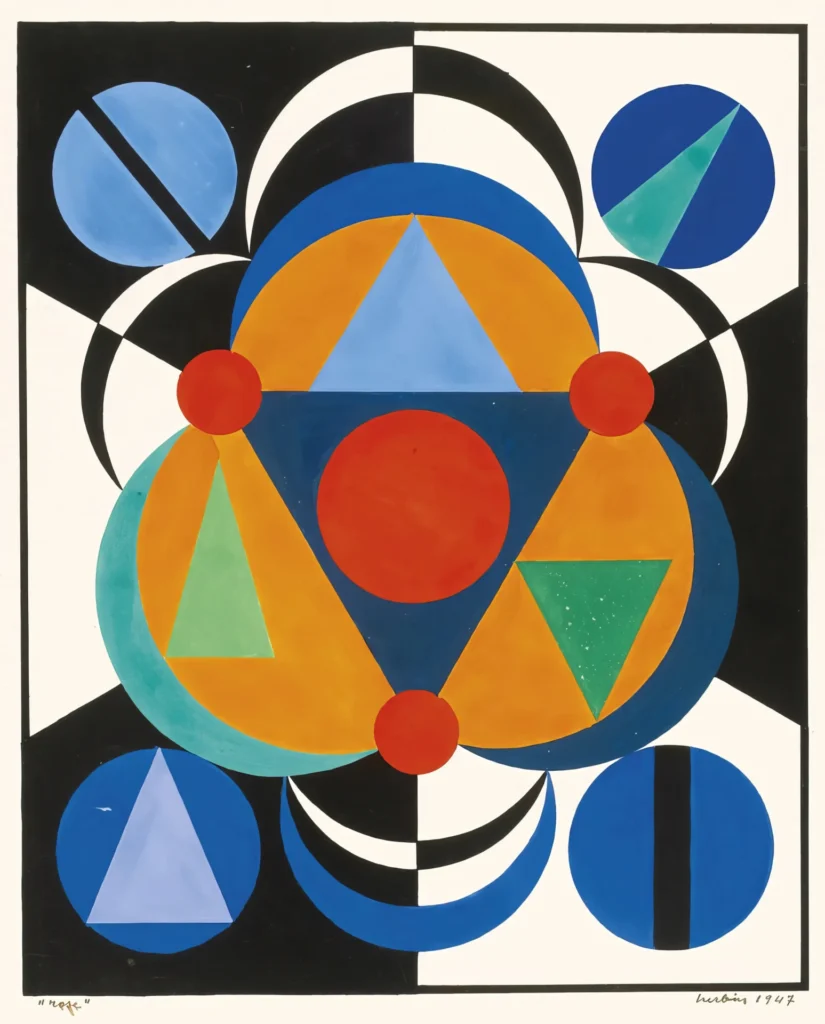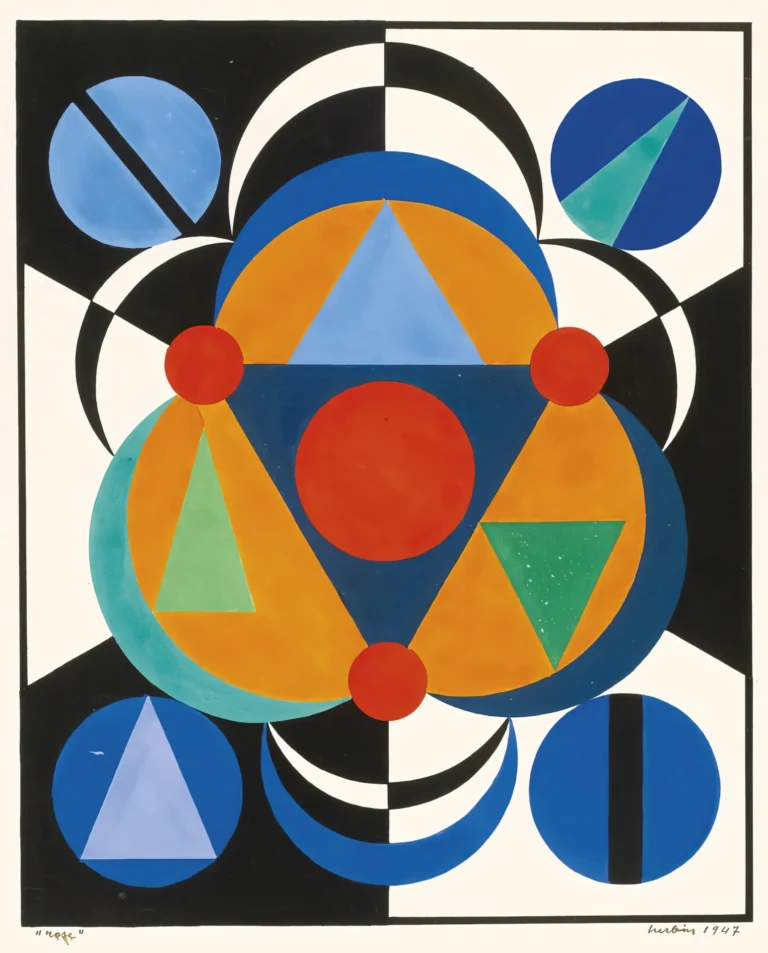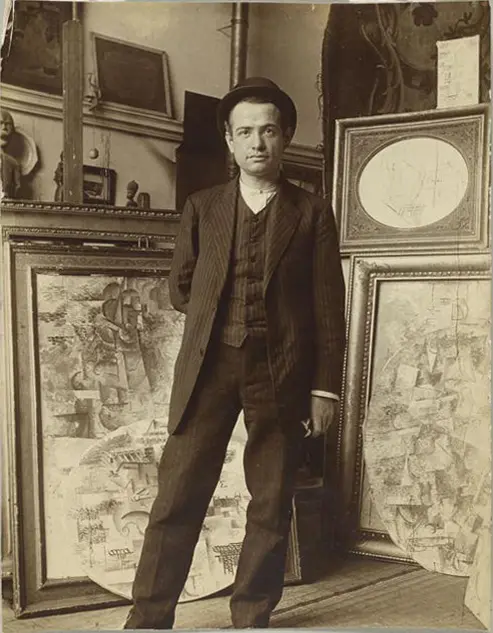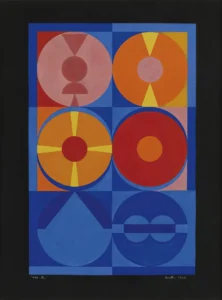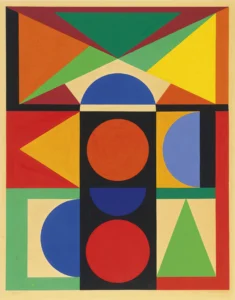Rose (1947)
Rose. created by Auguste Herbin in 1947, features two stunning versions that exemplify his abstract artistry. The gouache on paper measures 31.5 cm by 26.2 cm and demonstrates his keen use of color and form. Alternatively, the larger oil on canvas version, measuring 81.2 cm by 65.3 cm, offers a bolder exploration of these concepts. Both artworks not only celebrated Herbin's style but also contributed to his reputation in the modern art movement, making them sought after by collectors.
Year 1947
About the Artwork
Created in 1947, the artwork Rose is a marvelous reflection of post-war abstract art, representing Auguste Herbin's linguistic exploration of color and form. As a leading figure in the Parisian art scene, Herbin sought to transcend traditional ornamentation through abstraction. Both versions reflect his dedication to harmonizing hues, with the gouache on paper emphasizing delicate nuances and the oil on canvas presenting a more assertive expression of color dynamics. The variations also echo the artistic dialogue of the time, with a significant movement towards abstraction in response to the turmoil of the war. Notably, both works have received recognition in the auction circuit, further cementing Herbin's status among the vanguards of modern art.
Did You Know
Auguste Herbin was a significant figure in the development of abstract art. His work often focused on the interplays of geometrical forms and vibrant colors, positioning him as a pioneer within the early 20th-century modern art movement.
Herbin’s two versions of Rose demonstrate his versatility as an artist. The gouache on paper allows for delicate details and subtle color shifts, while the oil on canvas boldly showcases his more vibrant and pronounced use of color, reflecting differing facets of his artistic vision.
The year 1947 marked a pivotal moment in art history, as artists sought to reinvent aesthetics post-World War II. Herbin’s work, including Rose. contributed to this cultural shift, offering new ways for individuals to interpret beauty through abstraction and encouraging an emergence of new artistic philosophies.
Liked what you see? Add it to your collection.
Enjoyed reading? Share it.
Related Artworks
... continued
Gouache on Paper Version
One version of Rose (1947) is a gouache on paper work. Here are the details for this piece:
- Medium: Gouache on paper
- Dimensions: 31.5 cm by 26.2 cm
- This piece was sold at an auction and is documented on platforms like Invaluable and MutualArt.
Oil on Canvas Version
There is another version titled "ROSE III" (1947), which is an oil on canvas work:
- Medium: Oil on canvas
- Dimensions: 81.2 cm by 65.3 cm (or 32 x 25 3/4 inches)
- This piece is also signed by the artist and has been documented on MutualArt.
Both versions showcase Herbin's work from the same year, but they differ in medium and size.




